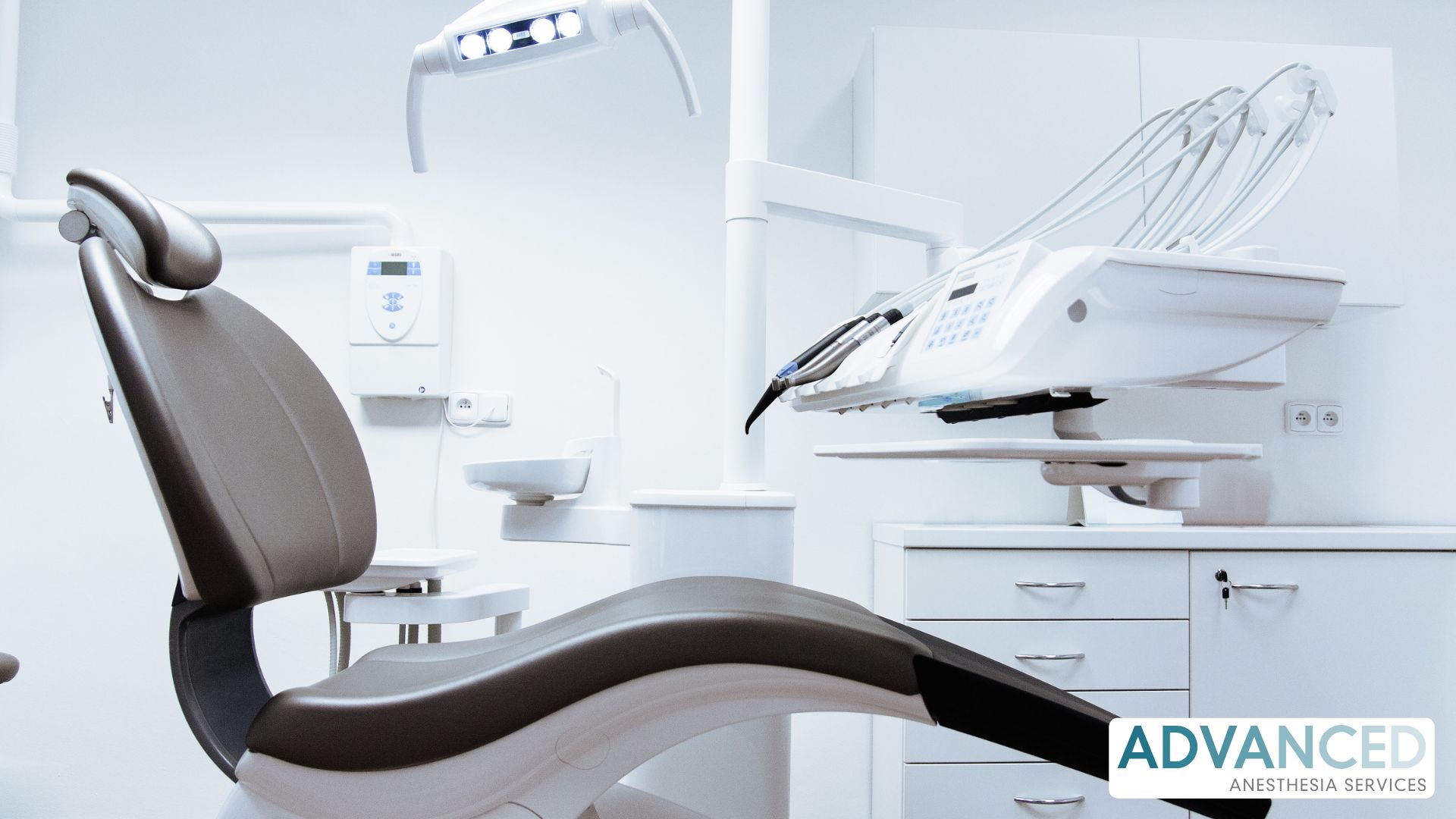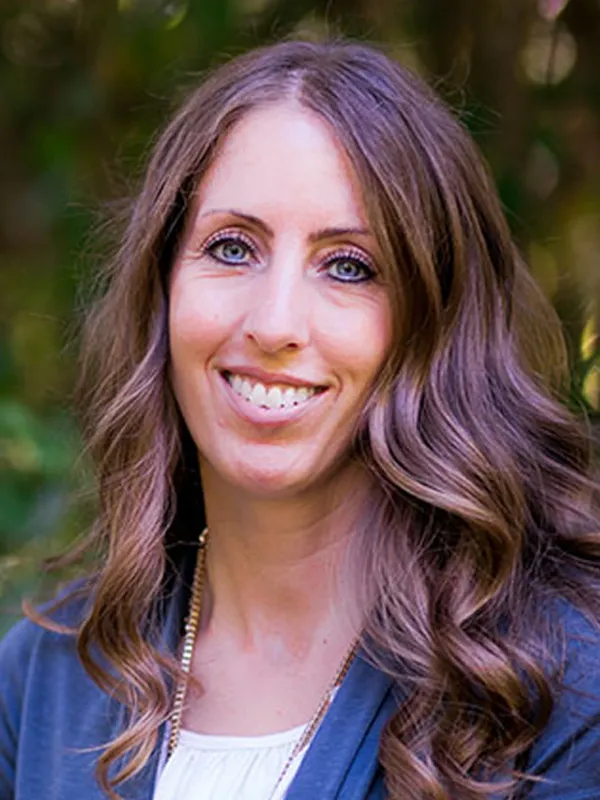Nitrous oxide has long served as a staple in dental sedation. However, the complexity of modern dental procedures such as full-arch implants, sinus lifts, and bone grafting often requires more advanced solutions. For patients with high anxiety, complex medical histories, or limited cooperation, deeper and more controlled sedation strategies are necessary. Options like ketamine microdosing, dexmedetomidine infusions, and propofol monitored anesthesia care (MAC) provide the precision and reliability needed to support today’s clinical demands.
Limitations of Nitrous Oxide
Nitrous oxide offers benefits, but it has clear limitations in advanced dental care:
- Ceiling effect: Anxiolytic benefits plateau around 50 percent nitrous concentration, which limits its efficacy.
- Airway reflexes: Gagging and coughing can still occur, complicating posterior surgical access.
- Rebound anxiety: Rapid offset can lead to restlessness or agitation near the end of longer procedures.
- Environmental constraints: Many states enforce strict regulations for scavenging systems, increasing operational costs.
Advanced Sedation Techniques
Oral Triazolam
- Best for: Minor restorative procedures and phobic patients
- Advantages: Low cost, minimal equipment, easy to administer
Ketamine Microdosing
- Best for: Trauma repairs and third molar extractions
- Advantages: Preserves airway reflexes and offers strong analgesia with hemodynamic stability
Dexmedetomidine Infusion
- Best for: Medically fragile or elderly patients undergoing long procedures
- Advantages: Cooperative sedation with minimal respiratory depression
Propofol MAC (Monitored Anesthesia Care)
- Best for: Multi-site implants, sinus lifts, or patients requiring total immobility
- Advantages: Rapid onset and recovery, ideal for outpatient surgical flow
Ketofol (Ketamine and Propofol)
- Best for: High-anxiety adults or pediatric patients
- Advantages: Balanced analgesia with reduced risk of hypotension
Workflow and Equipment Considerations
To support advanced sedation protocols, practices should implement the following:
- Capnography: Essential for any IV sedation deeper than moderate
- Infusion pumps: Provide controlled drug delivery and prevent bolus swings
- Emergency cart: Must include intralipid, succinylcholine, and airway tools in accordance with ASA guidelines
- Recovery space: Recliners or recovery chairs support safe monitoring and fast patient turnover
Patient Selection Strategies
Patient-specific factors should guide sedation choice:
- Ketamine is ideal for patients with trauma history or significant anxiety
- Dexmedetomidine is preferred for hypertensive or elderly patients
- Propofol is suited for healthy adults needing rapid return to daily activities
Use a simple preoperative screening to guide selection:
- Is the patient highly anxious?
- Do they have significant comorbidities?
- Is the procedure surgically complex?
Training and Credentialing
To safely incorporate advanced sedation, dentists should:
- Complete an ADA-recognized IV sedation program that includes at least 60 hours of didactic learning and 20 clinical cases
- Maintain active ACLS certification
- Partner with CRNAs for high-risk or deep sedation cases to ensure airway and safety compliance
Financial Impact and ROI
While adding IV sedation capability involves an investment of $35,000 to $50,000, practices frequently report:
- Higher case acceptance due to anxiety reduction
- Increased chair efficiency through shorter procedural time
- Positive patient reviews that boost online presence and referrals
Many practices recover costs within nine months, particularly those offering full-arch or surgical implant packages.
Common Misconceptions
“IV sedation increases complication risk.”
Evidence from large cohort studies confirms that complication rates are comparable to those of mild sedation when proper monitoring is in place.
“Insurance does not cover deep sedation.”
Medical plans may cover general anesthesia for pediatric or special-needs cases. Additionally, many dental plans reimburse sedation as an add-on to surgical extractions.
“Only anesthesiologists can administer propofol.”
In 49 states, CRNAs and, in some cases, dentists with advanced permits are authorized to administer propofol under defined protocols; Washington being one of them.
Conclusion
While nitrous oxide remains useful for select patients, complex dental cases increasingly require deeper and more controlled sedation methods. With appropriate patient selection, well-trained providers, and evidence-based pharmacology, advanced sedation enhances patient safety, comfort, and practice efficiency.
Partner with Experts in Dental Sedation
Advanced Anesthesia Services offers turnkey CRNA staffing, customizable sedation protocols, and on-site training to support practices expanding into complex sedation. Contact us to implement safe, effective solutions for your dental procedures.


